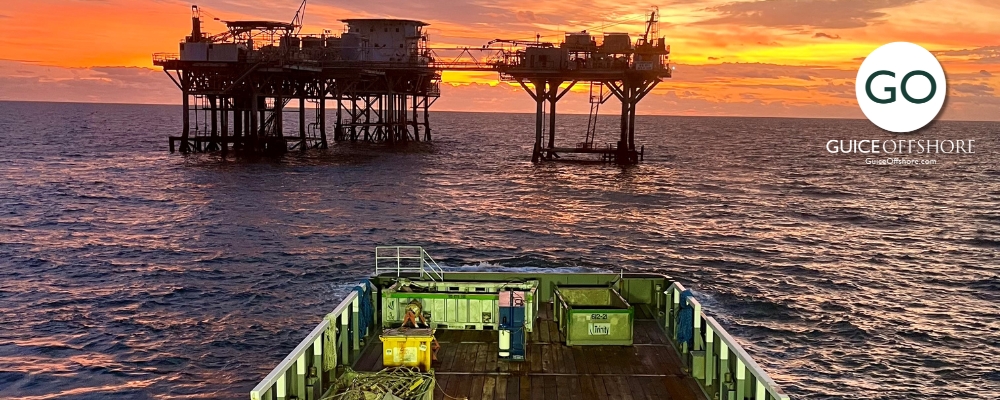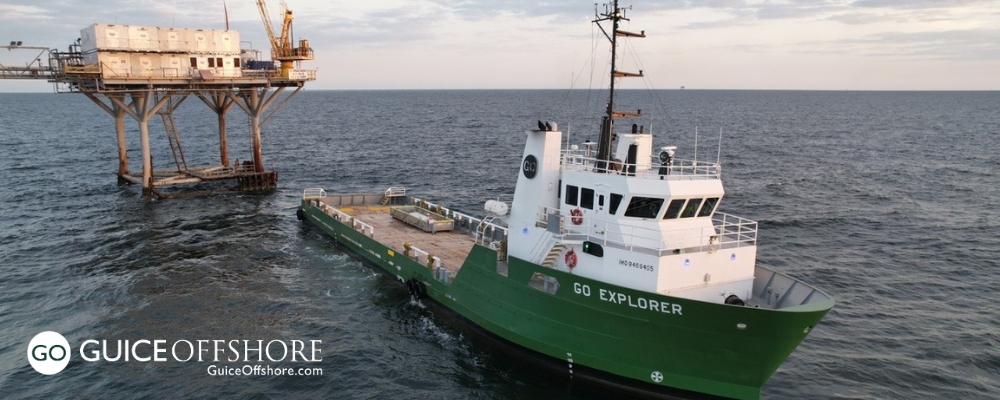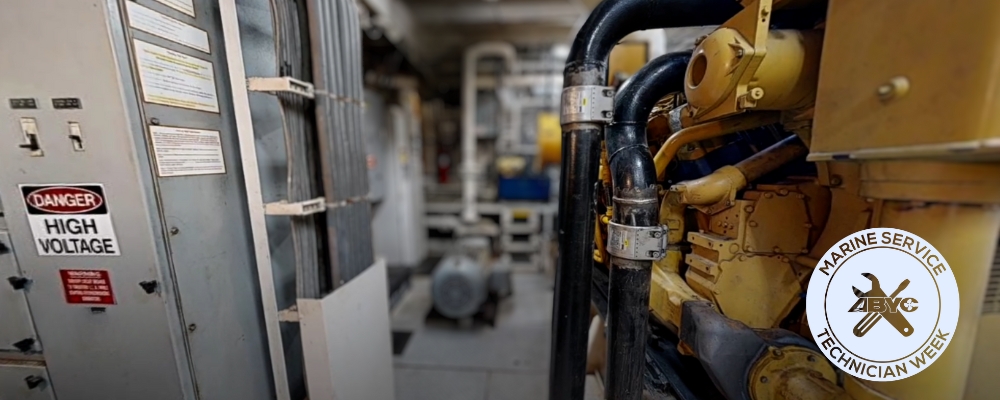Pictured Above: Guice Offshore’s multi-purpose vessel GO America waits for a submersible to return.
Advanced subsea marine robotics systems can help monitor and protect marine environments, as well as inspect and maintain offshore infrastructure.
Through our partners, Global SubDive, Ryan Marine Inc., and the Eclipse Group, Guice Offshore provides ABS-certified manned submersibles, unmanned underwater vehicles (UUVs) and autonomous underwater vehicles (AUVs) for ocean exploration.
A recent webinar by Dr. Michael V. Jakuba, Senior Engineer at the Woods Hole Oceanographic Institution (WHOI) explained how long-endurance marine robotics can offer reduced costs, weather-independence, and improved scalability for tasks ranging from fisheries stock assessment to bathymetric mapping.
A replay will be available here: https://www.youtube.com/@NOAALibrary/videos
Recently, design and construction began in the fall of 2024 at the Woods Hole Oceanographic Institution on two new medium-sized, remotely operated vehicles, known as mROVs, that scientists will use for studies of near-shore to offshore marine areas up to 2.5 miles (4,000 meters) deep. Agile in the water and more readily transported between study sites, the vehicles — each the size and weight of a small sport utility vehicle — represent the next generation of a robotic marine science powerhouse, ROV Jason, which has completed thousands of deep-sea missions in the Atlantic, Indian, and Pacific Oceans. Read more about this development HERE.
Meanwhile, in Guice Offshore’s home city of Lafayette, Louisiana, Louisiana State College of Engineering, together with Chance Maritime Technologies, are collaborating on uncrewed underwater research.
“The project demonstrates the feasibility of using uncrewed surface vehicles (USVs) to deploy smaller, more specialized robots like remotely operated vehicles (ROVs) for in-depth marine surveys,” LSU Mechanical Engineering Assistant Professor Corina Barbalata explained. “It highlights the capability to access remote areas without requiring large infrastructure, opening up possibilities for exploring uncharted regions that may be otherwise inaccessible. [It also] underscores how advanced robotic systems can help monitor and protect marine environments efficiently and with minimal impact.
“These technologies can aid in preserving natural resources, ensuring sustainable ecosystems, and supporting climate resilience. This means progress in ocean conservation efforts; improved disaster response for marine incidents; and potential benefits in fields such as fisheries, tourism, and coastal infrastructure protection.”
Read more about the LSU project HERE.



